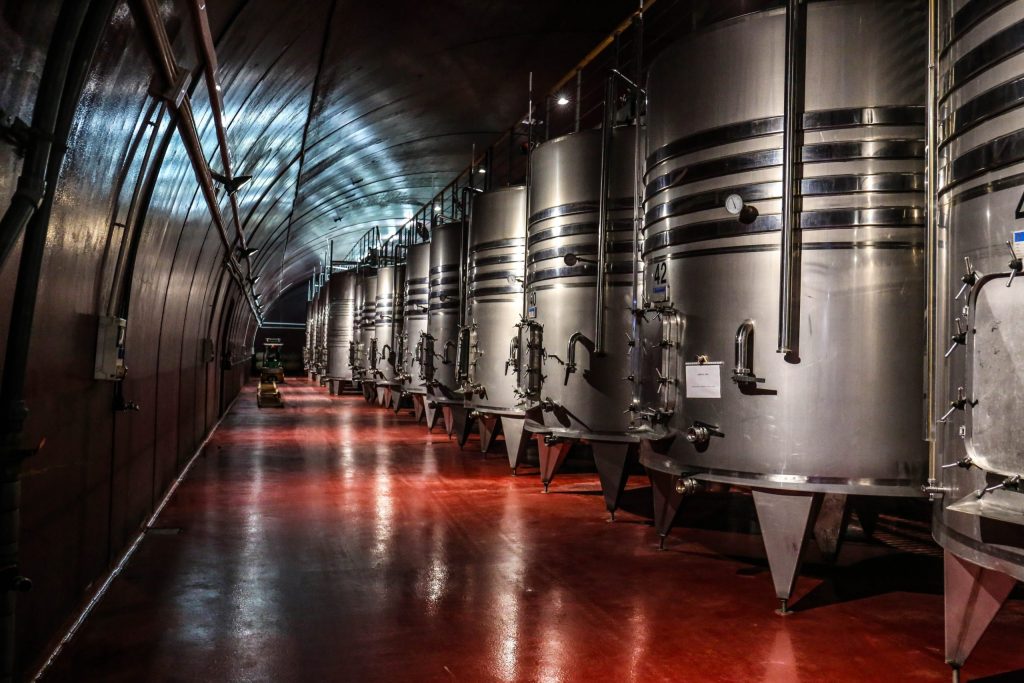
By: The Posts Author | Posted on: 9 Sep 20
At the heart of our work at RethinkX are cost curves. They are much more than a visual tool for understanding the exponential fall in costs, they are a roadmap to explaining how disruption happens. In the case of precision fermentation (PF), each step down the cost curve has opened up the cost competitiveness for new sets of products, from pharmaceuticals (like insulin[1]), enzymes, flavors and fragrances, to cosmetics, materials, food, and all in-between. We talk about some of these products and companies in our blog “Precision fermentation is nothing new and it’s here to stay”. Today, the cost of
At the heart of our work at RethinkX are cost curves. They are much more than a visual tool for understanding the exponential fall in costs, they are a roadmap to explaining how disruption happens. In the case of precision fermentation (PF), each step down the cost curve has opened up the cost competitiveness for new sets of products, from

By: The Posts Author | Posted on: 3 Sep 20
Today, we are on the cusp of multiple disruptions in food and materials. So why now? In a previous blog we discussed how precision fermentation (PF) has been around for 40 years. We know this because we can pinpoint the first product commercialized from PF – human insulin. Human insulin is an illustrative example of how PF created a superior product that led to a rapid disruption of an incumbent product. In this blog, we discuss some of the technology convergence that led to scientists being able to produce human insulin via PF, as well as some of the economic
Today, we are on the cusp of multiple disruptions in food and materials. So why now? In a previous blog we discussed how precision fermentation (PF) has been around for 40 years. We know this because we can pinpoint the first product commercialized from PF – human insulin. Human insulin is an illustrative example of how PF created a superior

By: The Posts Author | Posted on: 30 Jun 20
“The prevailing production system will shift away from a model, of centralized extraction and the breakdown of scarce resources that requires vast physical scale and reach, to a model of localized creation from limitless, ubiquitous building blocks – a world built not on coal, oil, steel, livestock and concrete but on photons, electrons, DNA, molecules and (q)bits. Product design and development will be performed collaboratively over information networks while physical production and distribution will be fulfilled locally. As a result, geographic advantage will be eliminated as every city or region becomes self-sufficient.” Rethinking Humanity, RethinkX, June 2020 Throughout history,
“The prevailing production system will shift away from a model, of centralized extraction and the breakdown of scarce resources that requires vast physical scale and reach, to a model of localized creation from limitless, ubiquitous building blocks – a world built not on coal, oil, steel, livestock and concrete but on photons, electrons, DNA, molecules and (q)bits. Product design and

By: The Posts Author | Posted on: 30 Jun 20
In Part 1 we discussed why Covid-19 has impacted industrial livestock farming. Here we discuss the rise of the new protein industry in a post-Covid-19 world. Covid-19 is accelerating the collapse of the old system and the growth of a new one. Will Covid-19 speed up the replacement of livestock with a new system of agriculture? The short answer is yes. Aside from adding immense, crushing pressure to the farming industry, Covid-19 has highlighted the need for continuing food innovation as an essential component of a resilient food system. Early entrants have already proven that new production models are
In Part 1 we discussed why Covid-19 has impacted industrial livestock farming. Here we discuss the rise of the new protein industry in a post-Covid-19 world. Covid-19 is accelerating the collapse of the old system and the growth of a new one. Will Covid-19 speed up the replacement of livestock with a new system of agriculture? The short answer

By: The Posts Author | Posted on: 30 Jun 20
In Rethinking Food & Agriculture, published in 2019, we predicted that there will be 50% fewer cows in the US by 2030 and that by 2035 the livestock industry will be all but bankrupt. This was considered fast by many observers, but Covid-19 has since revealed the fragility of the global food supply chain, pulling back the curtain in dramatic fashion on its economic vulnerabilities and inefficiencies. This particular disruption of livestock happened because of an acute event, the pandemic, rather than the convergence of new technologies as we predicted in our report. But our analysis that the livestock industry
In Rethinking Food & Agriculture, published in 2019, we predicted that there will be 50% fewer cows in the US by 2030 and that by 2035 the livestock industry will be all but bankrupt. This was considered fast by many observers, but Covid-19 has since revealed the fragility of the global food supply chain, pulling back the curtain in dramatic
- 1
- 2







